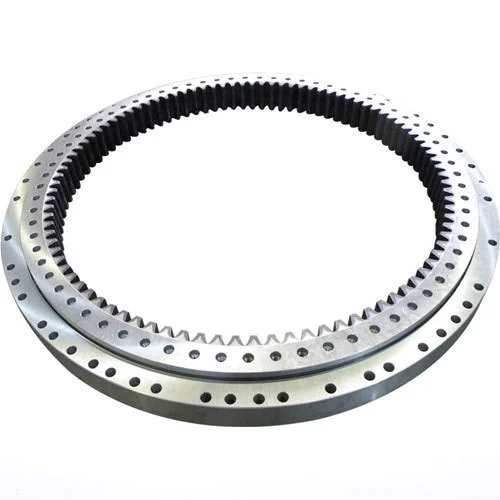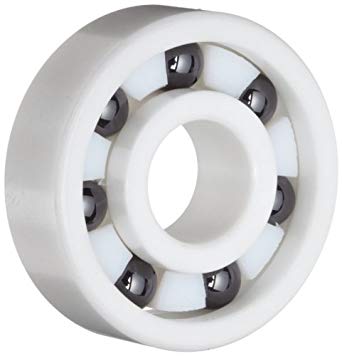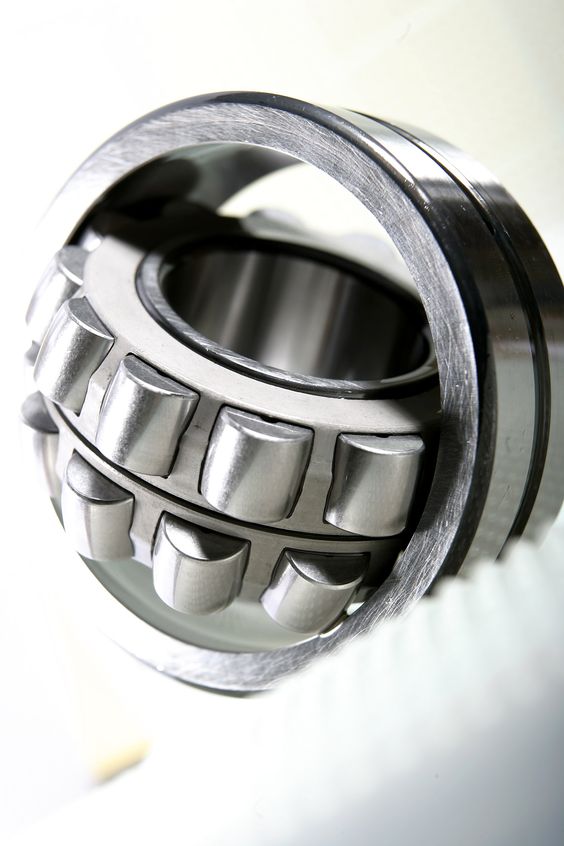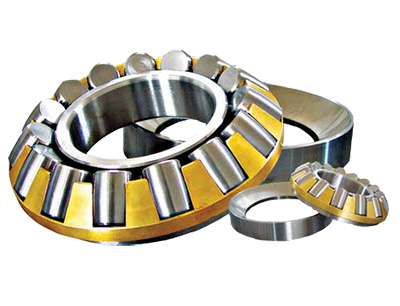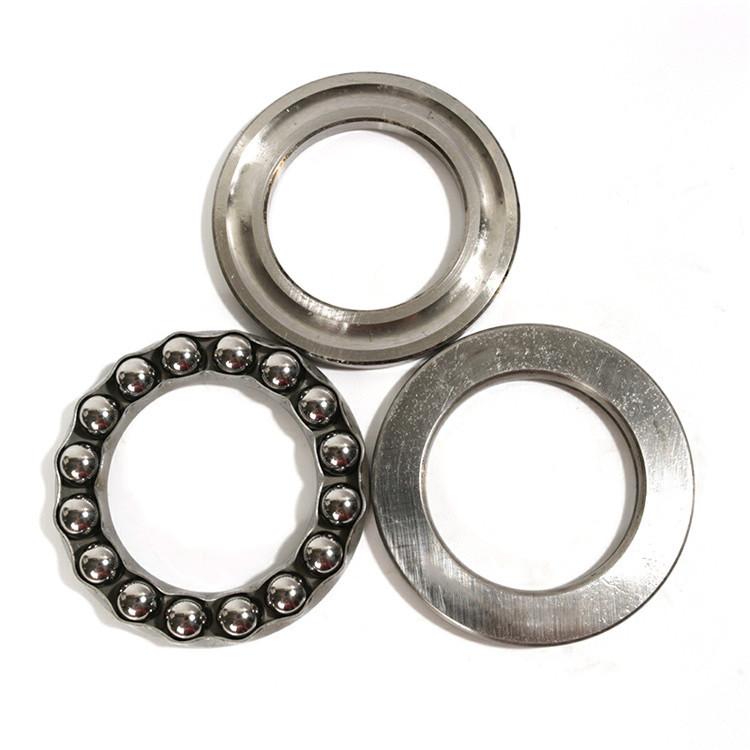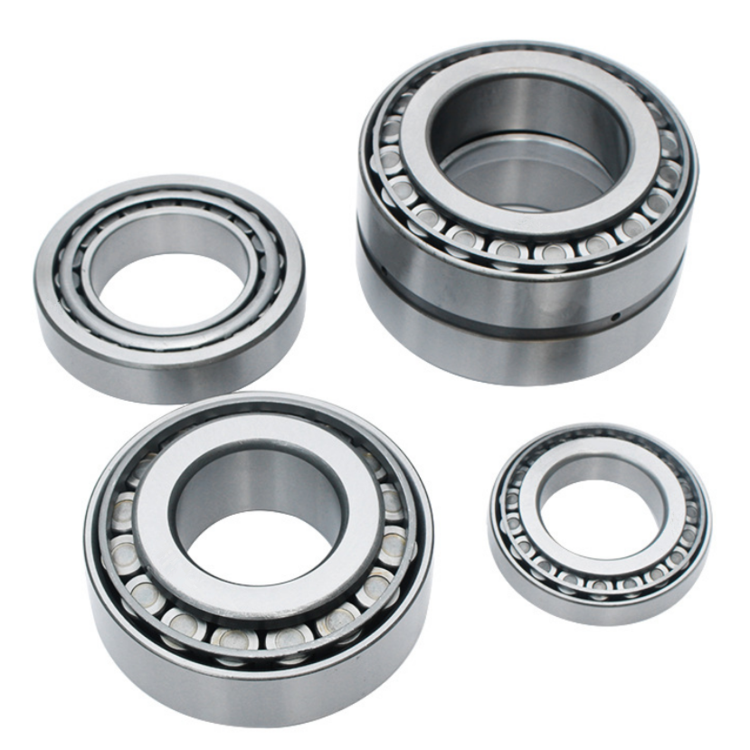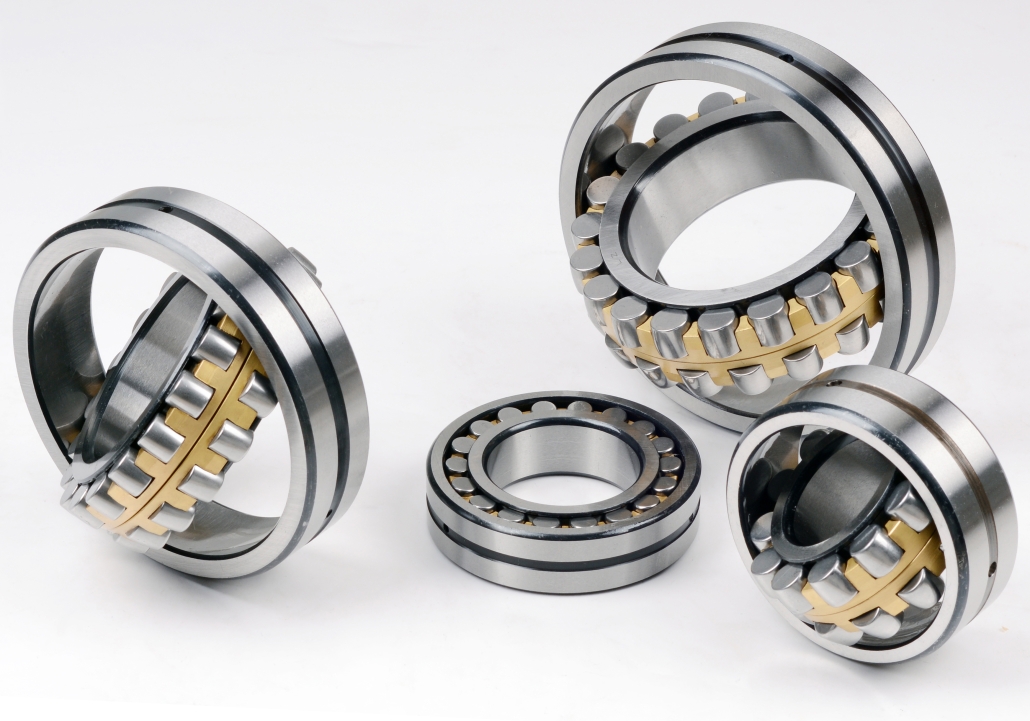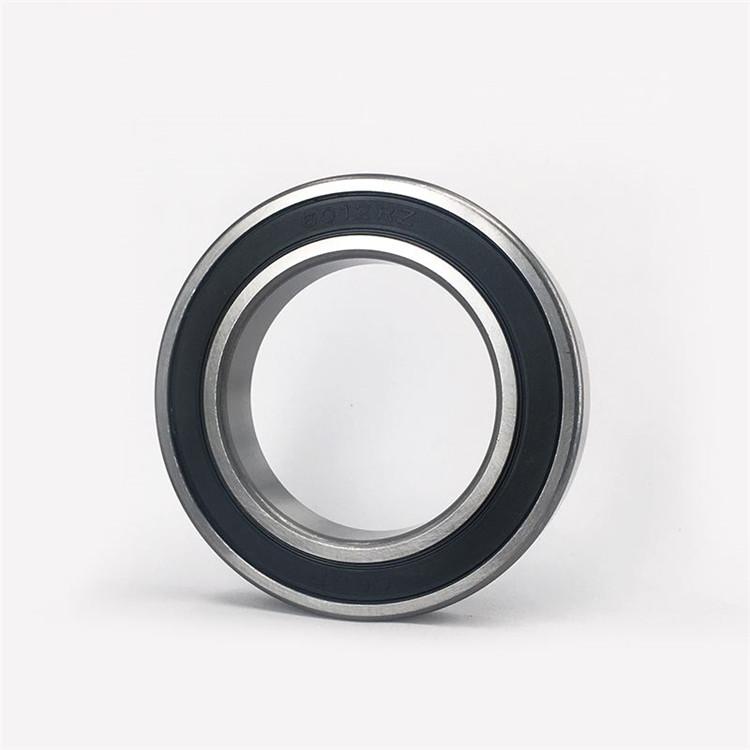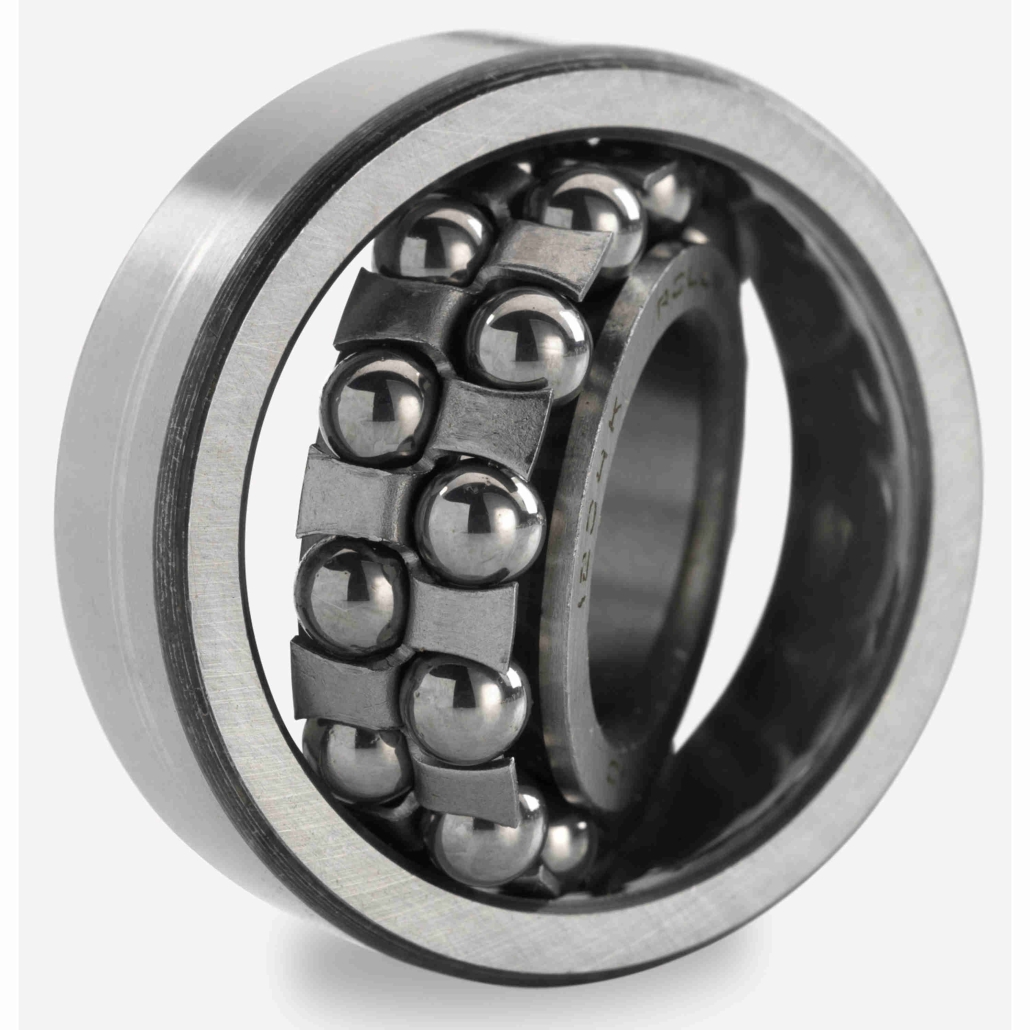Characteristics and application experience of plastic bearings
Plastic bearings are a common type of bearing, usually made of plastic materials. Plastic bearings have the advantages of light weight, low friction, low cost, easy processing and easy replacement, so they have been widely used in many fields.
- Performance of plastic bearings
1.Lightweight: Plastic bearings weigh less than metal bearings, so they can move and rotate more easily.
2.Low friction: Plastic bearings have a lower friction coefficient than metal bearings, thus reducing energy loss and wear.
3.Low cost: Plastic bearings are cheaper to manufacture than metal bearings, thus reducing the cost of the product.
4.Easy to process: Plastic bearings are easy to process and manufacture, so they can be quickly produced in a variety of types and sizes.
5.Easy to replace: Plastic bearings are easy to replace, so repairs and replacements can be completed in a short time.
2.Application experience of plastic bearings
1.Choose the right plastic material: Different plastic materials have different performance characteristics, so you need to choose the right plastic material according to the specific application scenario. For example, polyoxymethylene (POM) has good wear resistance and high temperature resistance, and is suitable for high load and high temperature environments; polycarbonate (PC) has high strength and impact resistance, and is suitable for occasions that need to withstand shock and vibration.
2.Determine the appropriate size and type: Different sizes and types of plastic bearings have different properties and uses. Therefore, it is necessary to select the appropriate size and type according to the specific application scenario. For example, miniature plastic bearings are suitable for small machinery and precision instruments; round plastic bearings are suitable for occasions that need to bear larger loads.
3.Proper installation: Improper installation of plastic bearings can lead to wear and failure. Therefore, plastic bearings need to be installed correctly according to the instructions or the guidance of professionals.
4.Maintenance: Plastic bearings require regular maintenance, including cleaning, lubrication, etc. Proper maintenance can extend the service life of plastic bearings.
3.Common problems and solutions of plastic bearings
1.Wear: Wear of plastic bearings is mainly caused by long-term use, improper installation or material aging. The solution is to replace the plastic bearing with a new one and install it correctly according to the instruction manual or the guidance of a professional.
2.Stuck: Stuck plastic bearings may be caused by impurities entering the inside of the bearing, improper lubrication or material aging. The solution is to clean the inside of the bearing, replace the appropriate lubricant, and pay attention to using the correct installation method.
3.Crack: Cracks in plastic bearings can be caused by excessive load, material aging, or poor processing. The solution is to replace the bearing with a new plastic one, and pay attention to selecting appropriate materials and processing methods.
As a common bearing type, plastic bearings have the advantages of light weight, low friction, low cost, easy processing and easy replacement, so they have been widely used in many fields.
When using plastic bearings, you need to pay attention to selecting the appropriate plastic material, determining the appropriate size and type, correct installation and maintenance, in order to extend the service life of the plastic bearing and improve its performance. At the same time, we need to pay attention to the common problems and solutions of plastic bearings to ensure their normal operation, safety and reliability.

